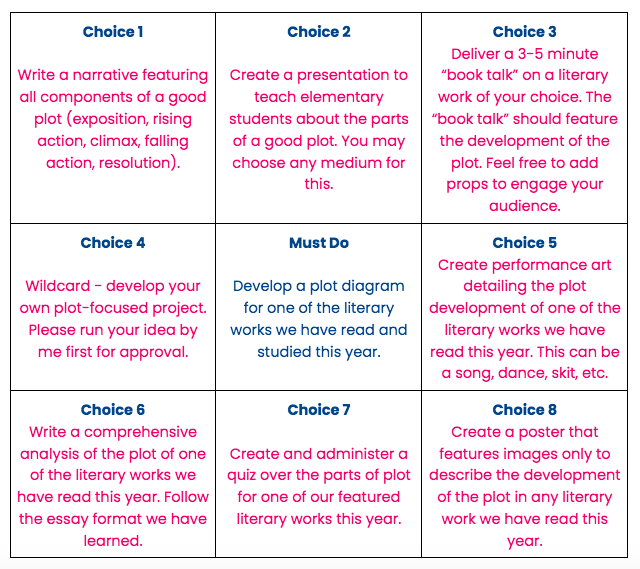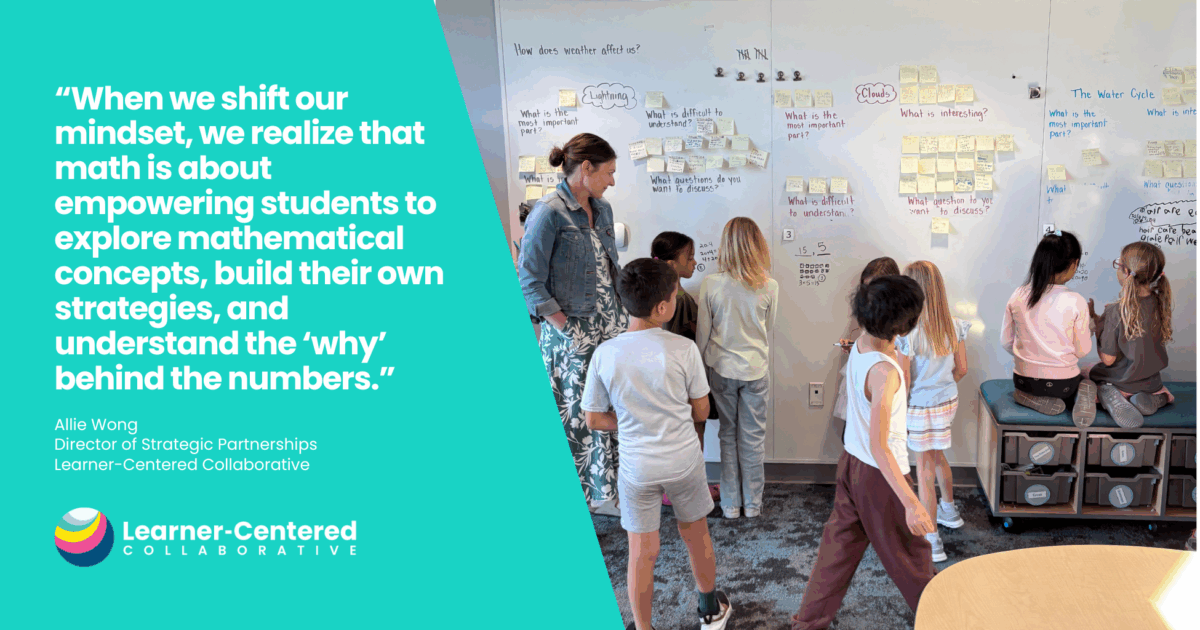3 High-Impact, Low-Lift Ways to Foster Learner Agency
One of the main tenets of whole-learner outcomes is learner agency. Making academic choices and persisting through challenges empowers students to drive their own educational journeys. It may seem daunting at first, but here are 3 actionable ways to foster agency in the classroom.
Schedule Student-Teacher Meet-Ups
Student-Teacher Meet-Ups are a high-impact way to embed agency that works in many contexts. These can happen any time, but it is most beneficial to create space for each student at least once per week. These can be brief, about 5-7 minutes, and cover a range of academic and personal topics. Most important is tackling what matters to each student and letting that guide the learning process. A student who feels valued is a student who is engaged.
|
Sample Student-Teacher Meet-Up Framework
|
Make It Personal
It is essential to tap into students’ interests to fully engage them. By employing an Interest Inventory, a teacher can dig into what drives a student forward both personally and academically. Most important when using inventories is to dig into the data and let the information guide your instructional design for students.
Sample Interest Inventory Questions
|
Incorporate Choice
Embedding choice, even in small ways, can pay large dividends. To begin this process, a teacher might simply adjust an established activity to offer an element of choice. On the choice board below, for example, everyone completes the “must do” and then chooses two other activities. Typically on a board like this, a teacher offers multiple avenues for students to lean into their strengths.

As comfort level increases, choice becomes a larger part of the instructional framework and eventually students are developing projects driven by personal questions and topics they want to explore more deeply.
Building learner agency into everyday instruction allows students to become active players in their own educational journeys and affords the teacher an opportunity to be more of a coach and facilitator of learning.
There are many powerful examples of teachers incorporating learner agency into their instructional frameworks. See how a 3rd grade teacher in Forsyth County Schools in Georgia grounds learning in choice and ownership. View partner spotlight and access sample Playlists and Choice boards.
Ready to start with learner-centered in your context? Check out our free tools or get in touch with our team.







